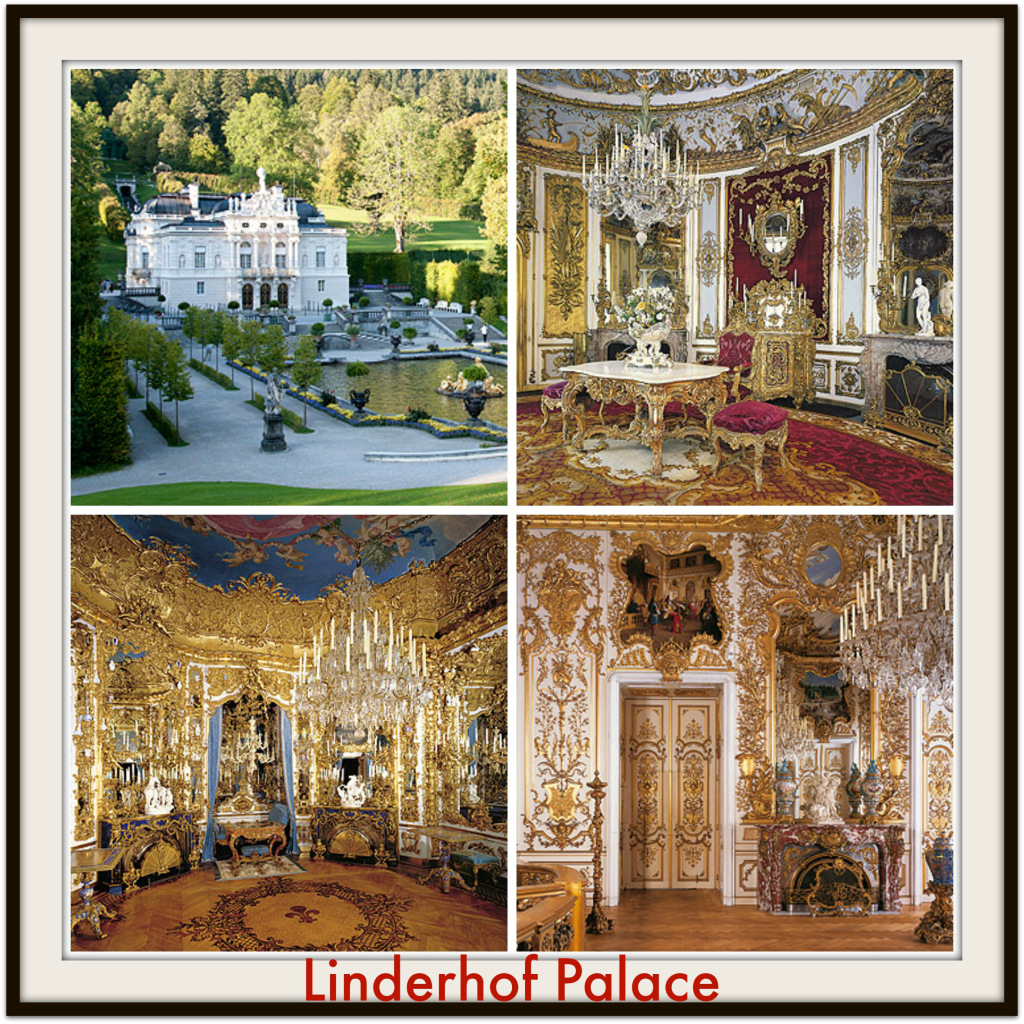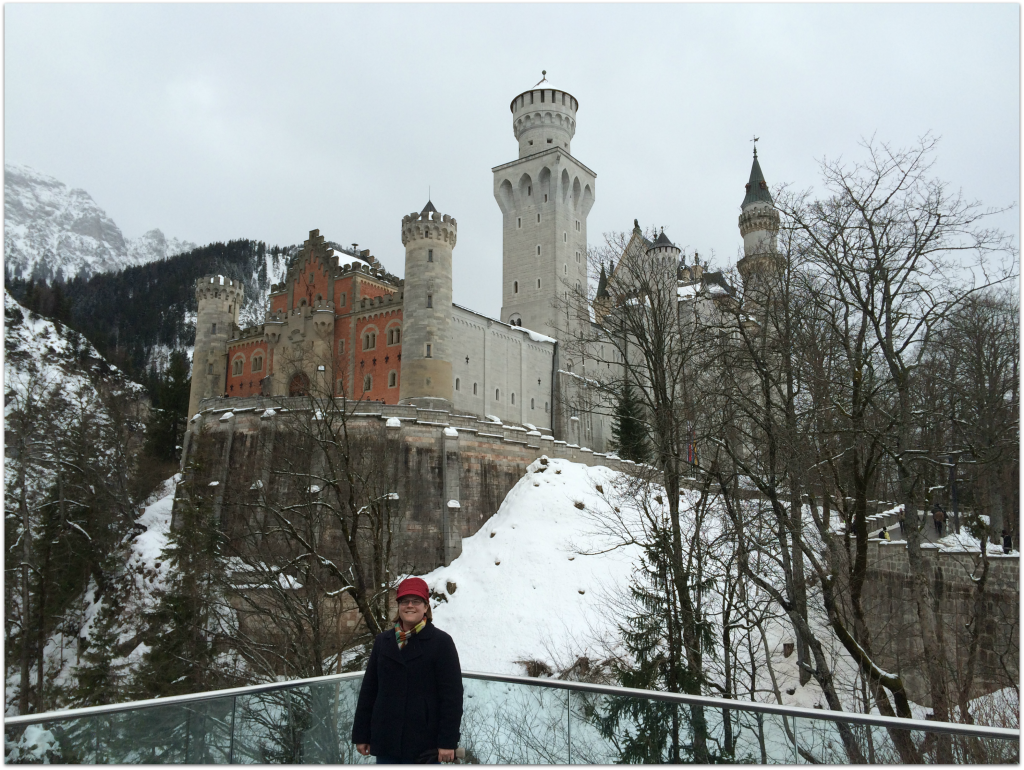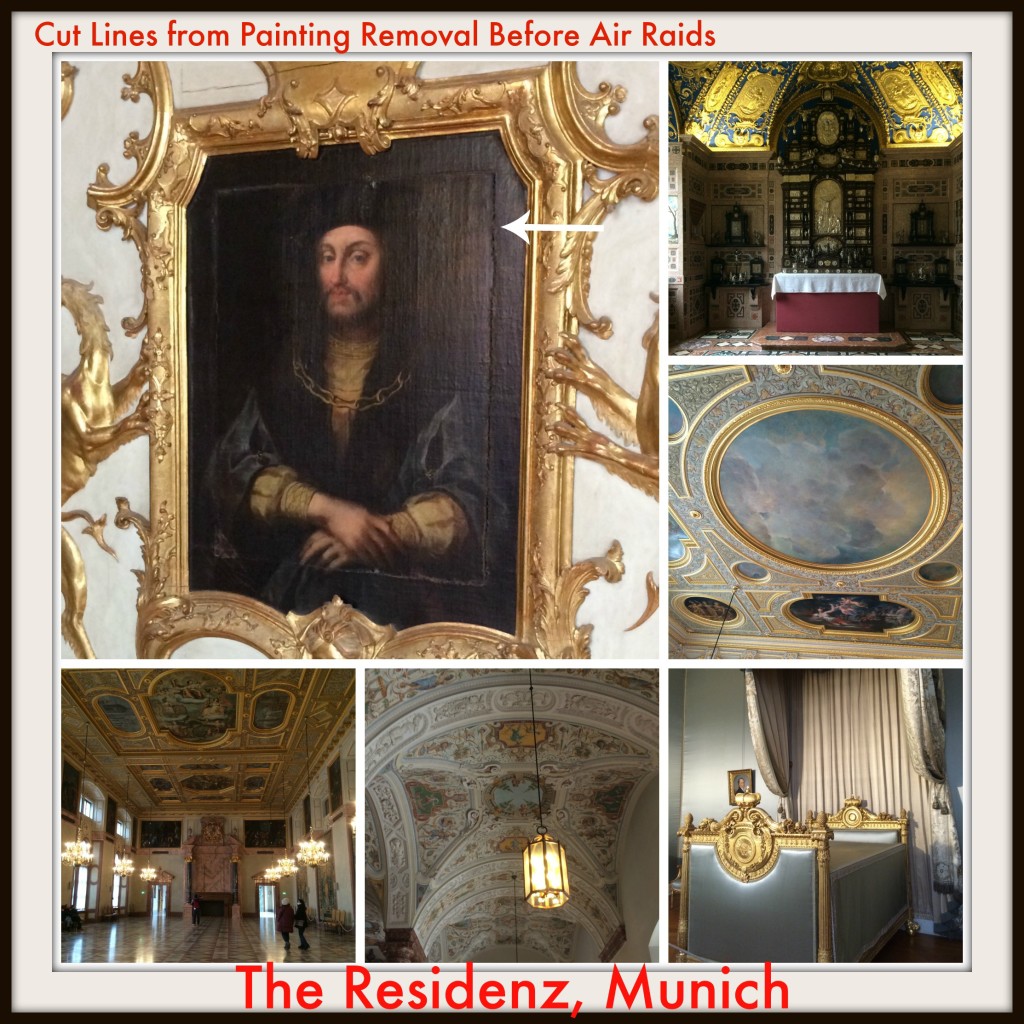 Have you ever been to Munich?
Three weeks ago, Tim asked if I wanted to accompany him on his business trip to Munich. Having never been to Germany, I said “YES!"
Have you ever been to Munich?
Three weeks ago, Tim asked if I wanted to accompany him on his business trip to Munich. Having never been to Germany, I said “YES!"
In this post, you will discover some of the historic sites and museums I have visited while in Munich and the German state of Bavaria.
There will be a forthcoming post about my trip to the Dachau concentration camp. I need some time to digest what I saw and discovered there.
Museum of Egyptian Art (Staatliches Museum Ägyptischer Kunst)
Munich blends the past with present-day technologies in its new Egyptian Art Museum.
Multi-lingual touchscreen computers at the center of each room guide visitors through the museum and its collections, which span 5,000 years of art history. These tablets provide historical context for the artwork on display as well as additional information about the pieces in each room.
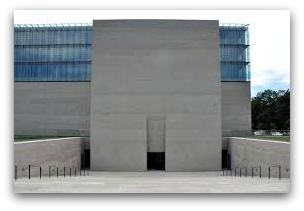 The most interesting part of this museum was its focus on the creation of Egyptian art.
The most interesting part of this museum was its focus on the creation of Egyptian art.
I have seen many Egyptian artifacts and exhibits in art museums, but I do not recall the emphasis or detailed information about how the artists who lived in each dynasty created their artwork.
In my opinion, the best exhibit was on how Egyptian artists created their cubic art; the large statues we see inside and outside of temples are part of an art form called Egyptian cubism. The exhibit showed small models with lines on them that represented the areas the artist would cut in each phase of his work.
Deutsches Museum
The Deutsches Museum stands as one of the largest science and technology museums in the world. It consists of three branches: a main branch and two branches that contain extensive automobile and airplane collections.
Tim and I visited the main branch, which reminded me of the Smithsonian Air and Space Museum, but with more how-to information about how the technologies on display work(ed).
 We spent four hours or so in the Deutsches Museum and we covered only a fraction of its 11 acres, or 10 miles, of exhibit space.
We spent four hours or so in the Deutsches Museum and we covered only a fraction of its 11 acres, or 10 miles, of exhibit space.
Tim enjoyed the electrical experiments area the most. The live demonstration of high-voltage apparatus made for a good, if loud, show.
I found the exhibits about the history of the printing press and bookbinding technology the most enjoyable. The evolution of telecommunications exhibit came in a close second because it explained how telephone switchboards and exchanges work(ed).
“Mad" King Ludwig’s Castles
 King Ludwig II, the "Mad" King
King Ludwig II, the "Mad" King
In 1866, Bavaria entered a war against Prussia and lost. As a result, King Ludwig II saw his power diminish. Prussia took over command of the Bavarian army and Ludwig II lost his sovereignty as a ruler.
Between 1867 and his death in 1886, Ludwig II coped with his loss of power by building a series of castles and palaces that formed a kingdom where he would be the supreme ruler.
Ludwig II’s building projects placed Bavaria in great debt. By 1885, Ludwig II owed 14 million marks. Rather than curb his lavish lifestyle and building projects, Ludwig II continued to plan and build.
On June 12, 1886, a government commission had Ludwig II arrested on charges that he was unfit for rule by reason of insanity. Government officers took Ludwig II to Berg Castle on the shores of Lake Starnberg.
On June 13, Ludwig II and a Dr. Bernhard von Gudden, the chief physican at the Munich Asylum, went for a walk and never returned. A search party found Gudden and King Ludwig II floating in Lake Starnberg. No one knows what happened and whether they suffered from an accident or were the victims of murder.
Tim and I booked a day trip to see two of “Mad” King Ludwig II's Alpine retreats: Linderhof Palace and Neuschwanstein Castle.
Linderhof Palace
In 1869, King Ludwig II decided to turn his father Maximilian II’s hunter's lodge into a palace. Ludwig II modeled his new residence after Versailles as he greatly admired his distant relative King Louis XIV of France.
The rooms contain elaborate and ornate furnishings. Gold and silver gilding, large mirrors, giant porcelain chandeliers, and ornate furniture decorate each of the 10 rooms. You can visit all of these rooms and see their lavish ornamentation in the virtual tour.
Neuschwanstein Castle
King Ludwig II never intended for anyone outside of his inner circle to visit his palaces and castles and yet today Neuschwanstein is one of the most visited castles in the world.
Construction of Neuschwanstein began on September 5, 1869. It was never finished.
King Ludwig II moved into the partially completed castle in 1884, but construction continued only until his death in 1886.
The Bavarian government ordered the workers to add a roof to the unfinished portions of the castle and opened the building to tourists shortly afterward.
Each room of Neuschwanstein Castle features a mythological tale, which the furniture and paintings in the room help tell.
The castle has a very medieval look, but a modern feel. If you look closely you will see bells and ringers for servants, indoor plumbing, and heating stoves.
Unfortunately, the Bavarian government does not allow visitors to take photographs inside either Linderhof or Neuschwanstein. If you are interested, they offer a virtual tour of the castle.
Residenz Museum
The Residenz once stood as the center of power for the Wittelsbach Family. The Wittelsbachs ruled Bavaria as Dukes (1180-1623), Electors (1623-1806), and Kings (1806-1918).
The Residenz began as Stephen III's Neuveste, a crude castle with a moat surrounding it in 1385. In 1550, the Residenz began to take on its modern appearance. Duke Albrecht V added the Antiquarium hall and ballroom (1568-1571). Duke Wilhelm V added the Grottonhof buildings, which resemble an Italian grotto (1581-1586). Every Duke, Elector, and King of Bavaria added on to the Residenz until King Ludwig I (1824-1848).
As a result of its multi-generational construction, the Residenz contains representations of Baroque, Rococo, and neoclassical art, furnishings, and style.
The Residenz contains hundreds of rooms; you can visit 90 of them during your visit.
The opulence of the Wittelsbach Family is impressive; each room contains pieces of furniture, textiles, dinnerware, religious relics, and artwork owned by the family. However, what I found most interesting is how the Bavarians have reconstructed and interpreted the museum.
The allied air raids of March 1944 destroyed almost all of the Residenz. After the war the people of Munich opted to rebuild its historic buildings as close to the originals as possible. As a result the city looks old, but feels modern.
A tour of the Residenz includes a free audio guide. As you walk through each of the 90 rooms the narrators make sure to point out what part of the room and its furnishings are original and what are reproduction.
Thankfully, the people of Munich were able to save many furnishings and much of the priceless art before the allied bombing commenced. The curators of the museum have used the original furnishings in each room whenever possible. Other rooms contain Wittelsbach Family pieces from elsewhere in Europe or reproductions.
Museum curators also provide visual cues that visitors have entered a reconstructed area of the palace. Instead of real stone and brick, the curators have restored exterior and interior walls with plain, white walls, or (in the case of the exterior) walls painted to look like stone blocks and bricks.
The Residenz is an impressive museum and one that may best be visited over a few days.
Conclusions
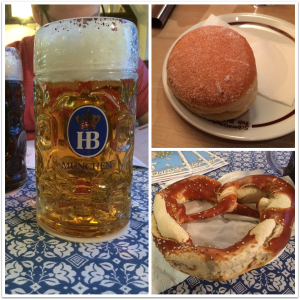 I have enjoyed my time in Munich and Bavaria. I have seen many interesting buildings and museums, discovered a history far different from the one I study, and I have really enjoyed sampling the culinary tastes of the region.
I have enjoyed my time in Munich and Bavaria. I have seen many interesting buildings and museums, discovered a history far different from the one I study, and I have really enjoyed sampling the culinary tastes of the region.
Bavarian pretzels are cheap and plentiful and I never knew that so many different kinds of sausage, streusel, and doughnuts existed.
Share Your Story
Where will you visit on your next research trip or vacation?
*Interior photos of Linderhof Palace courtesy of the Bayerische Schlösserverwaltung.

